In this post, we'll talk about the best cutting boards to use when cooking, how to maintain and clean them and what tasks they are best used for. Wooden, plastic, bamboo, glass - which material is best for cutting?
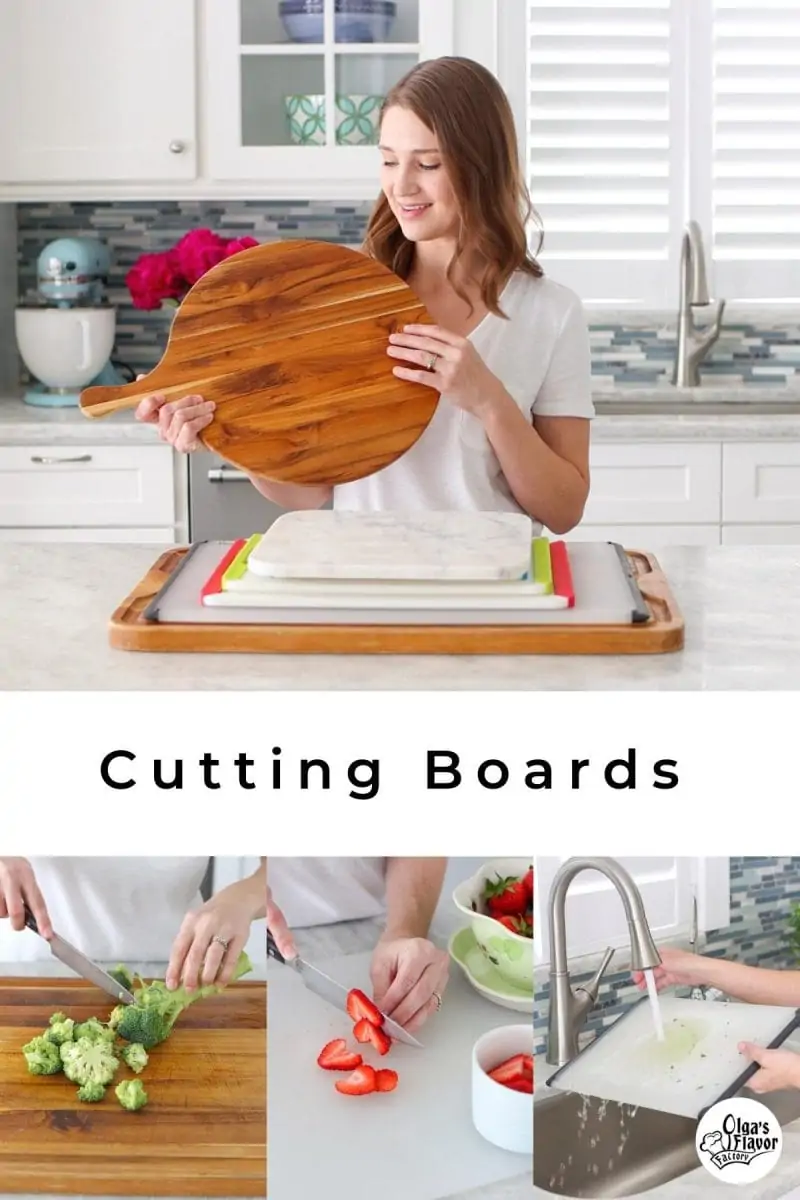
Most of us don't put a lot of thought into what are the best cutting boards to use in our kitchens. They are the tools that aren't glamorous and flashy, but they get used almost every day. Cutting boards are the backbone of our cooking, in their own very humble, unassuming way.
In this blog post and video, I share the cutting boards that I have, what are the best tasks for each one and also how I keep them clean. None of the cutting boards that I own are expensive. It's my opinion that you don't need to invest in expensive cutting boards unless you really want to. There are so many great options that are budget friendly and good quality too.
I love sharing kitchen tips and reviews with you, such as my meal prep videos, All About Skillets video and How To Use a Food Processor. I hope this one is practical and helpful too.
Video of the Best Cutting Boards, Best Way To Use and Clean Them
Wooden Cutting Boards
My biggest wooden cutting board is one that I bought at Home Goods about 10 years ago. It doesn't have a brand name on it and it was not very expensive at all. I think it was $30-$40 at the time. My smaller one I also bought at Home Goods for $15-$20.
Pros:
- Wooden boards are really great for chopping. The surface is great for knives and won't dull your blades as quickly as other cutting boards.
- The surface is solid and durable. I love big and heavy cutting boards because they don't slide around on the countertops and are a wonderful surface for chopping and slicing.
- They are really lovely for presentation too. I often use them to slice bread and serve it at the table or set up a charcuterie board.
Cons:
- You can't put them in the dishwasher. Soaking in really hot water for an extended amount of time and then also drying in the hot steam is terrible for wood. (Don't put your wooden spoons in the dishwasher either.)
- They take a little bit more maintenance. Wooden cutting boards dry out and need to be seasoned with a special oil. It's very easy to do this, but it is an extra step that you have to remember to do every once in a while.
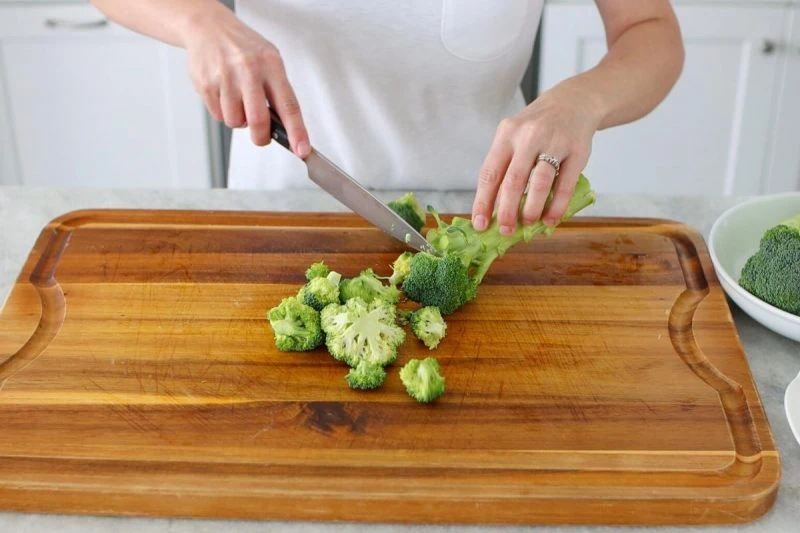
Bamboo Cutting Boards
Bamboo cutting boards are similar to wooden ones, but they are less durable. The bamboo surface isn't as great for your knife blades, so you will need to sharpen your knives more often and replace the bamboo boards more often than wooden boards.
Bamboo cutting boards also need to be washed by hand and shouldn't be put in the dishwasher for the same reasons.
Plastic Cutting Boards
My favorite plastic cutting board is also my favorite one overall - the OXO Good Grips Cutting Board. I have it in 2 different sizes, 10.39-in x 14.78-in, which is my everyday board that I reach for all the time and also a larger size, 14.34-in x 21.11.
- Good cutting surface. The type of plastic used for this one is a non-porous surfaces that resist odors and won't dull knife blades. It doesn't stain very easily either, as you can see from the photos and videos and I've owned this particular one for years.
- Doesn't warp and doesn't get really deep cuts from the knife like some other plastic ones I've used. I also really like the rubber edges, which keep it from sliding around on the counters.
- Low maintenance. You don't need to season the board, it won't dry and crack.
- Inexpensive. This is a very budget friendly option.
- Dishwasher safe. One of my favorite things about it is that you can throw it into the dishwasher. This is why I use it for poultry, seafood, red meat, onions and much more.
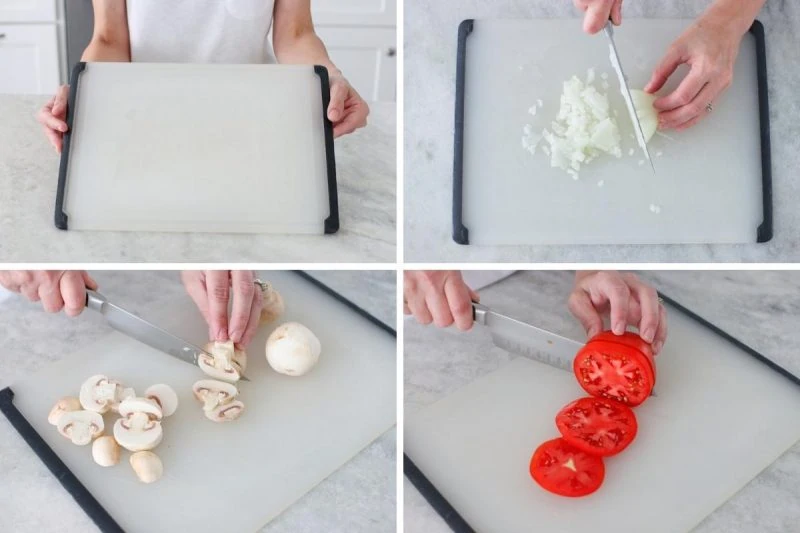
Glass/Marble Cutting Boards
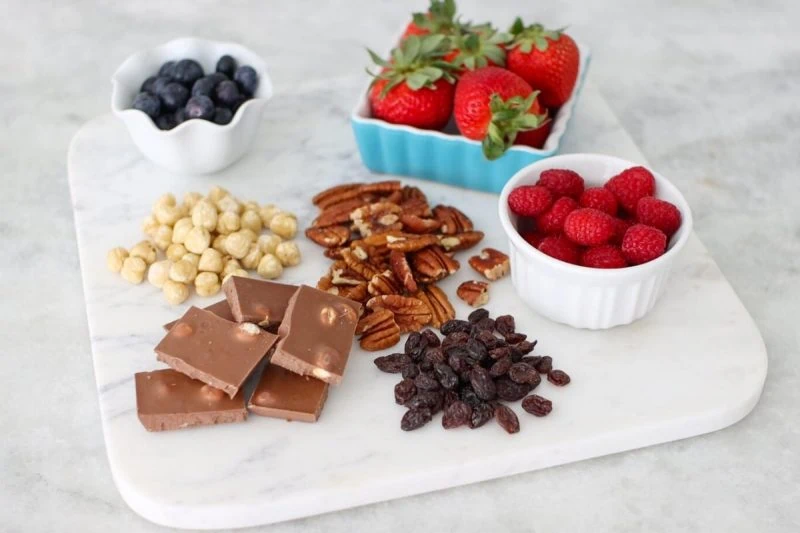
How To Wash Cutting Boards and Keep Them From Staining
A dishwasher is the best and easiest way to disinfect your boards, but only plastic cutting boards can go in the dishwasher. I also bought this one at Home Goods for about $15. Are you sensing a theme? I love finding good deals.
- Rinse out your plastic boards and just pop them into the dishwasher.
- Wash your wooden and bamboo boards using really hot water and soap. (The water should be as hot as you can stand it.)
- To prevent stains, rinse off your boards as soon as you can after cutting something that can stain, like herbs, carrots, beets, etc. This helps the most to get those colors from staining your boards.
- If you didn't rinse your boards right away or have some stubborn stains, sprinkle some coarse salt on the stain and use a half of a lemon to scrub it. That usually helps to scrape up the surface and get the stain out. The best way is prevention though, so rinsing it works the best.
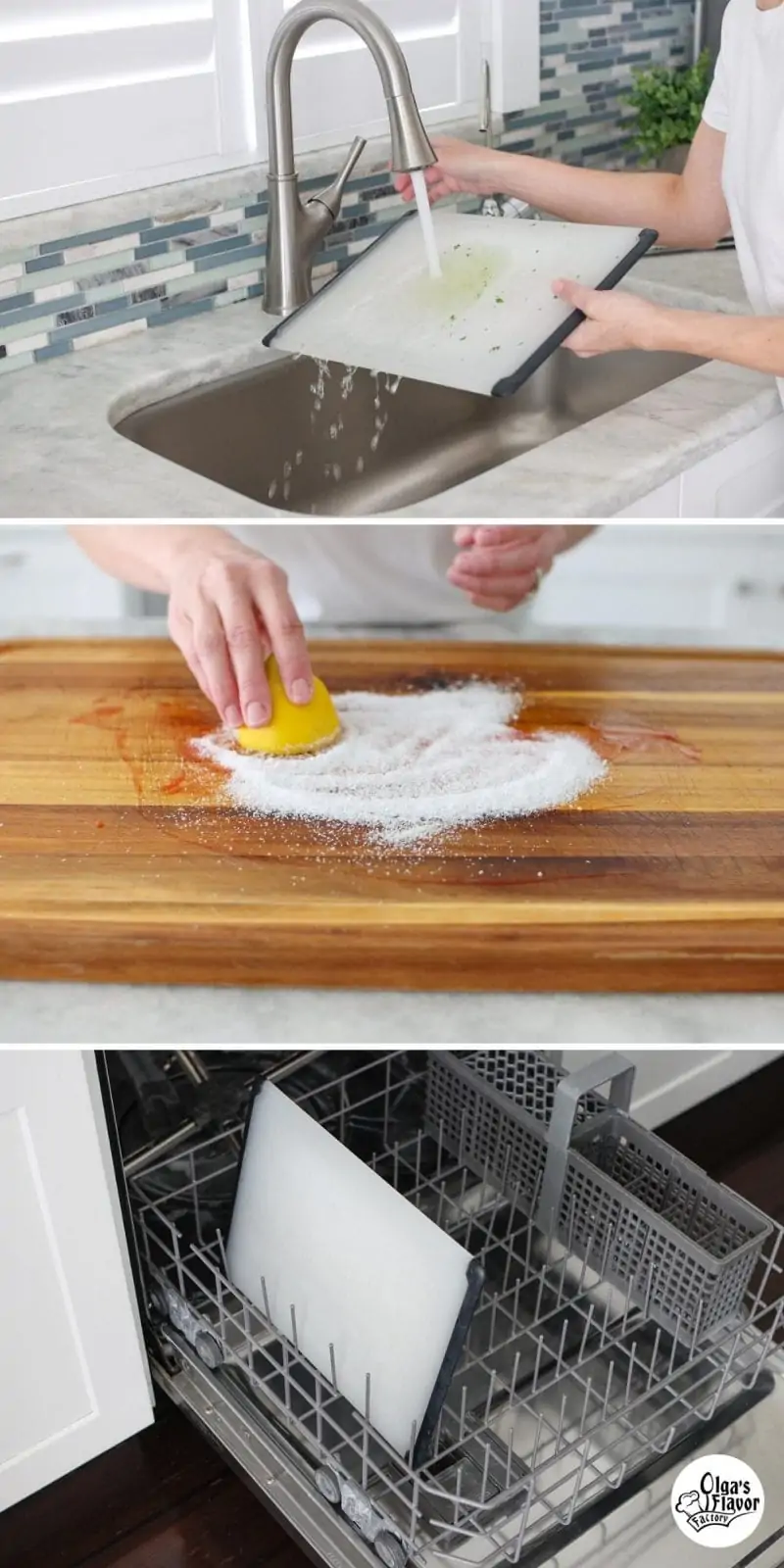
Helpful Tips
- To keep your cutting board from sliding around on the countertop, place a damp paper towel or thin kitchen towel under it and it won't budge! Super important to have a stable surface when chopping.
- Have a designated cutting board JUST for fruit. I wrote FRUIT on one of my boards so no one else will use it for other things. All wooden, bamboo and plastic boards absorb odors and they will transfer to your food. No one wants strawberries to taste like onions, so it's so nice to have a cutting board that doesn't have any lingering flavors in it.
- Don't worry too much about keeping your boards in the most pristine shape. Cuts, nicks, stains are part of the deal because this is a tool used for cutting. The only way to keep it perfect is not to use it:).
This post is not sponsored, it's based on my own opinion. I am not affiliated with any brands and bought all these cutting boards myself. Some of the links may be affiliate links, at no additional cost to you.
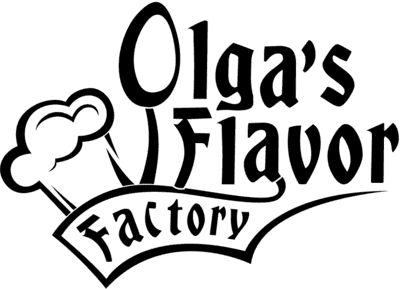
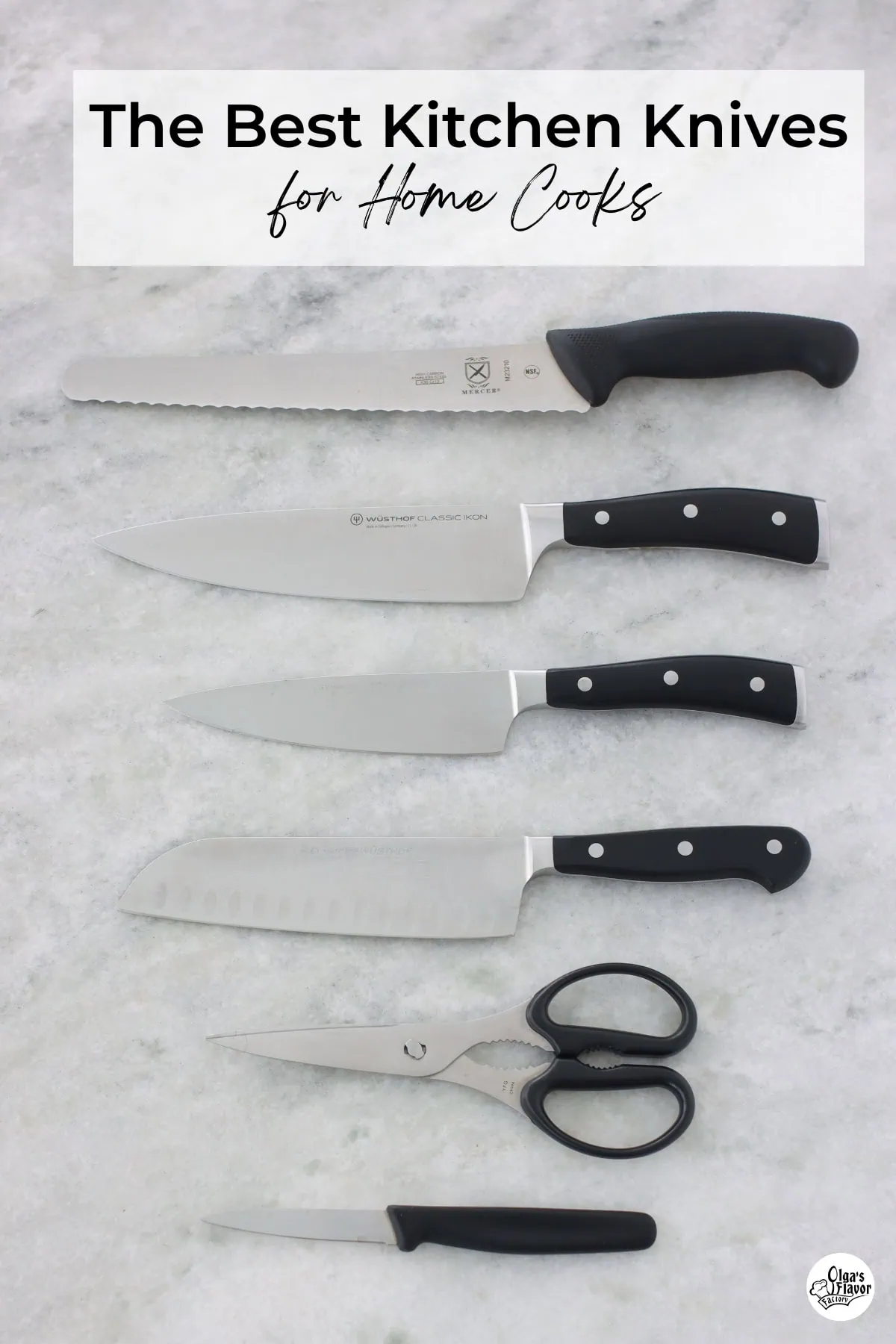


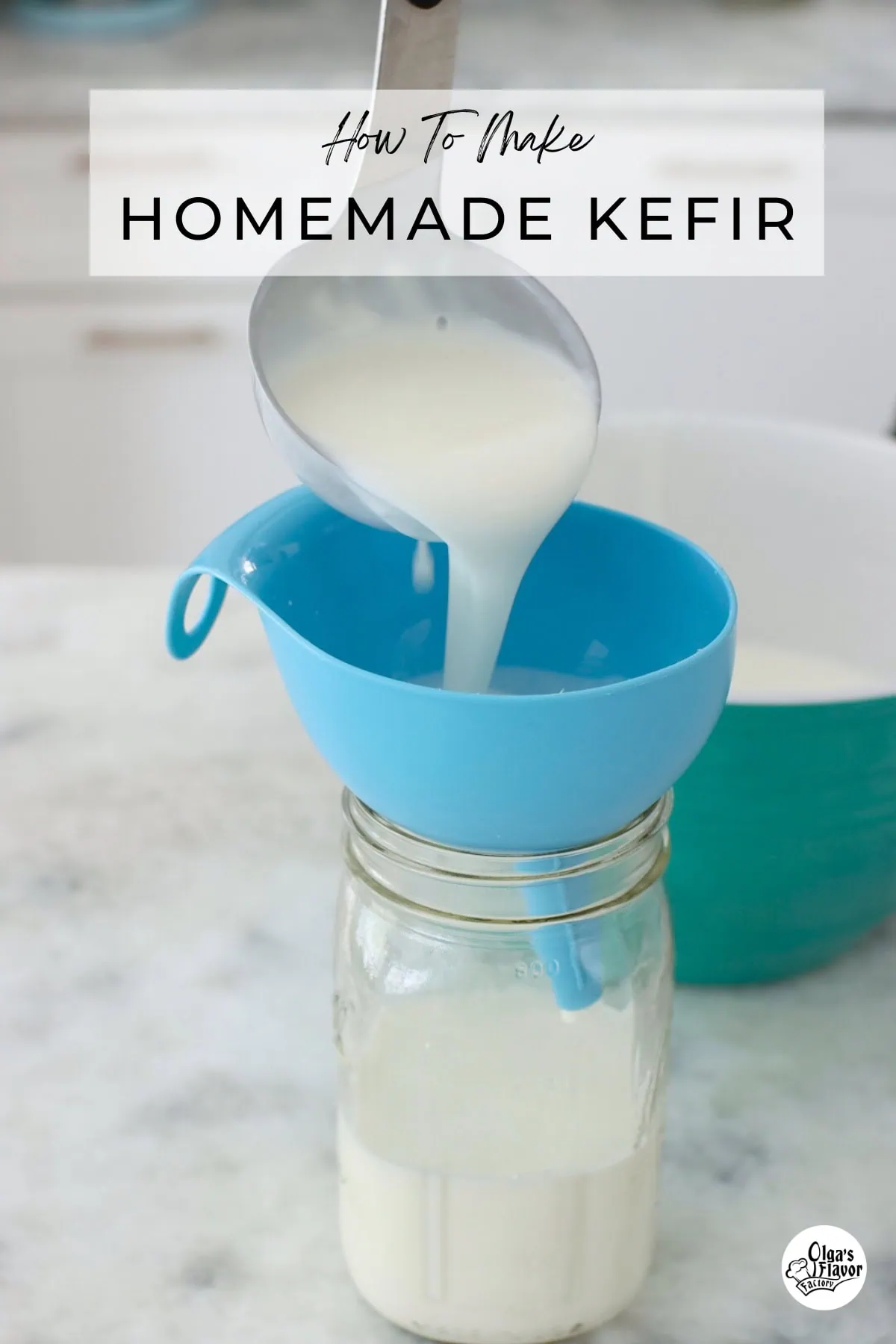
What kind of oil do you use to season the cutting board?
I use an oil that is specifically made for cutting boards, by the brand John Boos Butcher Block Oil. You can use coconut oil or mineral oil. You want the oil to be mild and absorbs well into the wood.
Great article. A cutting board is one of the most important tools in any kitchen. It is the surface where you will prepare your food, so it is important to choose one that is durable, easy to clean, and provides a stable surface for cutting. Do you also have a list for the best kitchen knives?